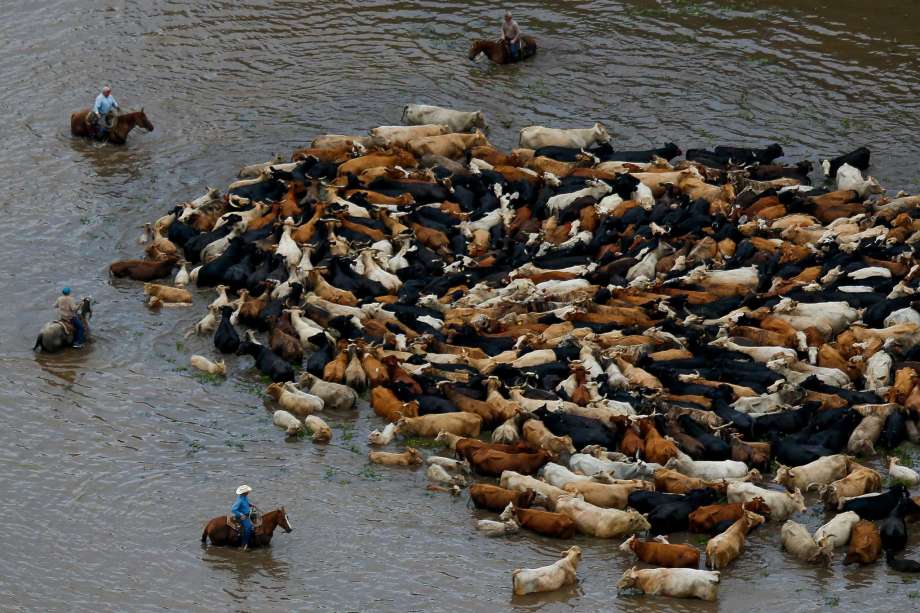Are you up on the Livestock Tax Deferral Provision in your farming region?

The Livestock Tax Deferral provision allows farmers who sell part of their breeding herd due to drought or flooding in prescribed drought or flood regions to defer a portion of sale proceeds to the following year
When prescribed regions are identified, the list is announced publicly and posted to this web page.
To defer income, the breeding herd must have been reduced by at least 15%.
- Where the breeding herd has been reduced by at least 15%, but less than 30%, 30% of income from net sales can be deferred.
- Where the breeding herd has been reduced by 30% or more, 90% of income from net sales can be deferred.
In a year in which a region has been prescribed, income from livestock sales are deferred to the next tax year when the income may be at least partially offset by the cost of reacquiring breeding animals, thus reducing the potential tax burden. In the case of consecutive years of drought or excess moisture and flood conditions, producers may defer sales income to the first year in which the region is no longer prescribed.
“Prescribed regions are designated, on the advice of the Minister of Agriculture and Agri-Food Canada to the Minister of Finance, when forage yields are less than 50% of the long-term average as a result of drought or flooding“
Prescribed regions are designated, on the advice of the Minister of Agriculture and Agri-Food Canada to the Minister of Finance, when forage yields are less than 50% of the long-term average as a result of drought or flooding in a particular year. To be designated, the affected area must have recognized geo-political boundaries (for example municipalities or counties) and be large enough to have an impact on the industry. Impacts on individual municipalities/regions would not result in a designation.
A preliminary list of Prescribed Drought and Flood Regions is usually completed in the early fall, for those regions where it appears that the criteria will be met. Since forage yield information is not final until later in the year, these designations are made primarily on the basis of spring moisture and summer rainfall, and is supplemented with estimates of forage yield. Assessments of areas are reviewed in discussions with federal and provincial staff. A final list of Prescribed Drought and Flood Regions, including previously announced regions, is usually made in December when finalized forage yield information is available.
For more information on the process or criteria to identify Prescribed Drought or Flood Regions, please contact aafc.taxdeferral-reportdelimpot.aac@agr.gc.ca.
For questions related to calculating and/or reporting income deferral for Prescribed Drought/Flood Regions for income tax purposes, please contact the Canada Revenue Agency (CRA) or consult the CRA publication T4002 Self-employed Business, Professional, Commission, Farming, and Fishing Income, Chapter 2 Income. The Livestock Tax Deferral information is detailed in Line 9470 – Livestock and animal products revenue.
Prescribed Drought/Flood Regions eligible for livestock income deferrals by year:












